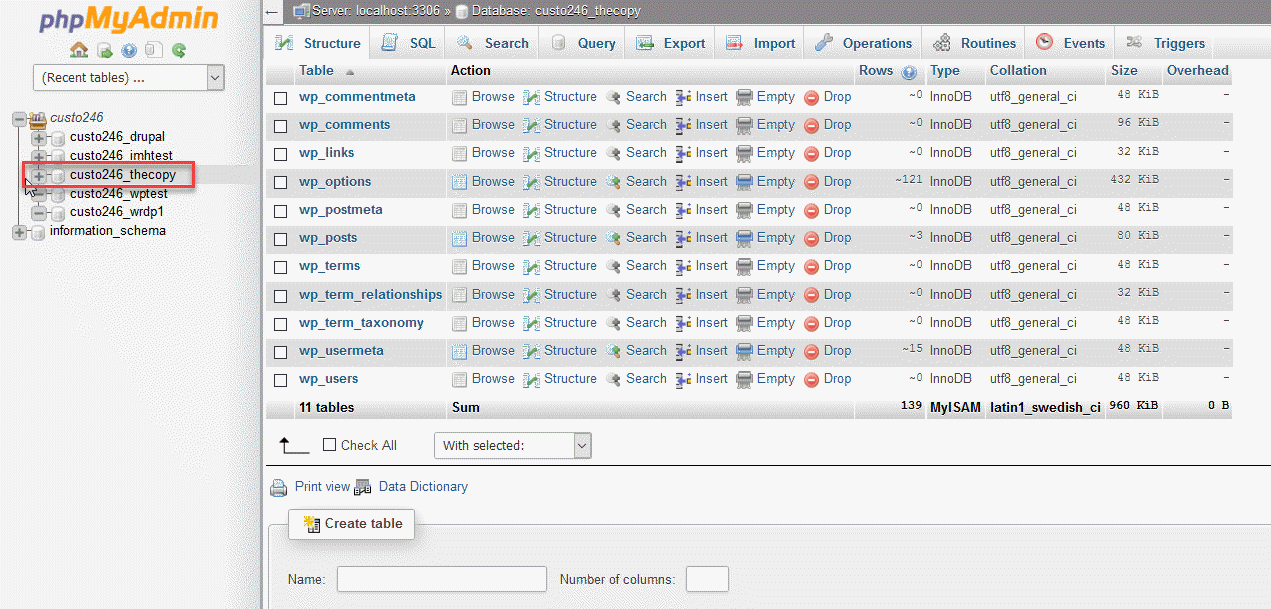Database Stuff That Works
Create, delete, modify databases and tables through a web interface. Beats typing SQL commands when you just want to add a column or check some data. The visual interface is decent for basic operations.
Import/Export That Usually Works
Import CSV and SQL files. Export to basically everything - CSV, SQL, XML, PDF, Word docs, whatever. The export works fine, import can be finicky with large files - upload limits will bite you in the ass every time.

User Management
Create MySQL users and set permissions. The interface makes it easier than raw GRANT statements, though you'll still need to understand MySQL permissions or you'll lock yourself out.
Query Builder
Has a point-and-click query builder if you hate writing SQL. Honestly, if you're comfortable with SQL, just use the SQL tab. The query builder is more annoying than helpful - it generates bloated queries that run like shit.
Multi-Server Support
Can manage multiple MySQL servers from one interface. Handy if you're juggling several databases and don't want to remember which password goes with which server.
The Stuff Nobody Talks About
- BLOB data displays as images or download links (actually pretty useful)
- Database diagrams (basic but works)
- Stored procedures support (if you're into that masochism)
- Track changes on databases and tables
- Bookmark queries for frequently used SQL
What Actually Breaks (Speaking from Experience)
Upload limits kill large imports. You'll waste an hour before realizing your PHP settings are fucked. The default 2MB upload limit is useless for real databases.
Import timeouts happen right when you think it's working - no progress bar, just failure. Import fails at 97% complete and you get a generic "Fatal error: Maximum execution time of 30 seconds exceeded" error.
Session expires during long operations and you lose everything. Save often or cry later. There's nothing worse than spending 30 minutes setting up a complex query and watching it disappear.
Character encoding issues make your data look like wingdings. Your perfectly fine UTF-8 data turns into question marks because MySQL's character set is set to latin1 for some reason.
Foreign key errors during imports with messages that tell you nothing useful. "Cannot add or update a child row: a foreign key constraint fails" doesn't help when you're importing 50 tables and have no idea which fucking constraint is broken.
The reality: it handles 80% of what most people need to do with MySQL databases. The other 20% requires command line or desktop apps.

